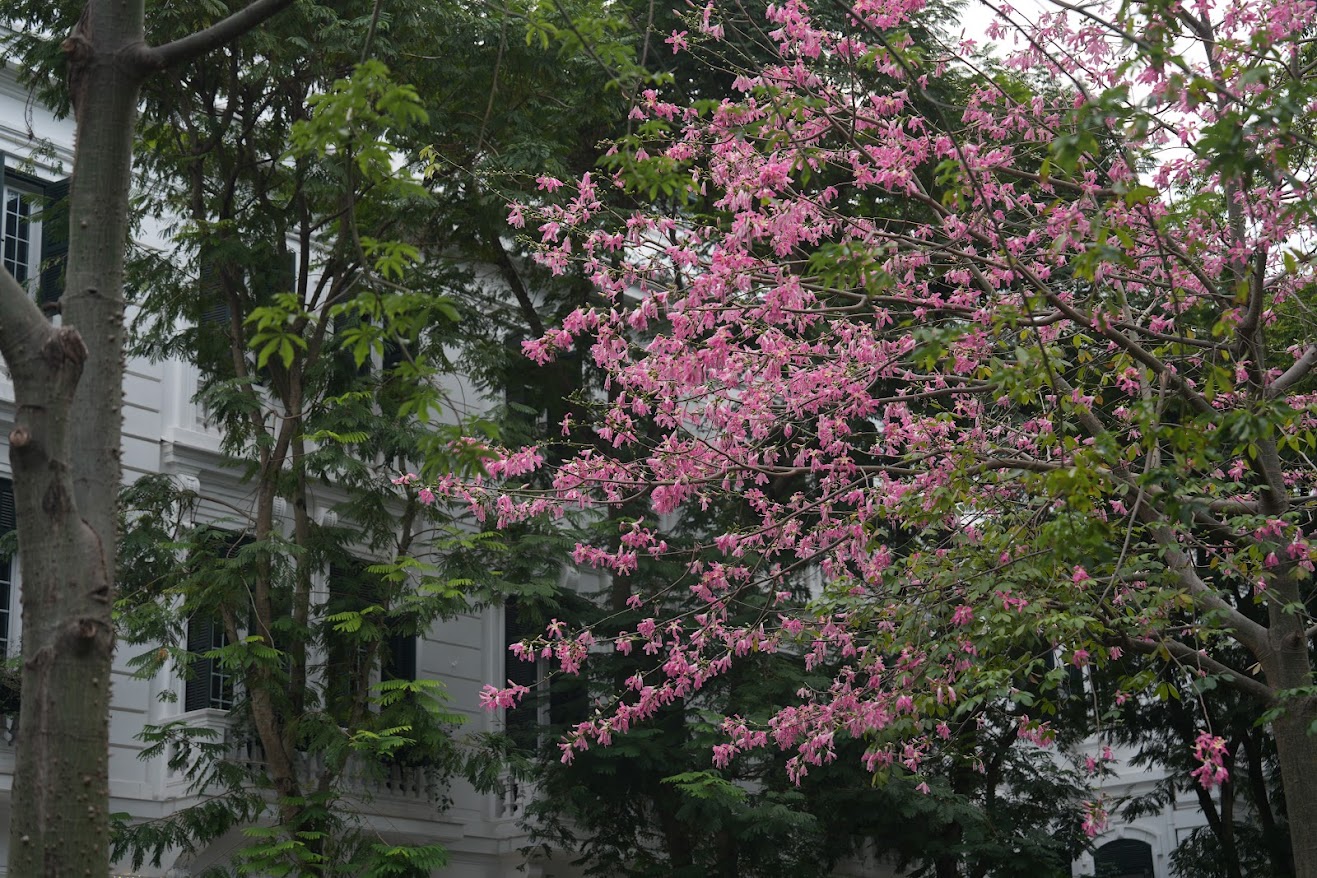The traditional Hanoi snack, with its perfect balance of sweet and sour, the tropical fruit flavors delights diners far and wide. It also makes a meaningful gift for family and loved ones.
Winter and spring in Hanoi offer visitors the chance to sample one of the capital’s exotic culinary creations: the o mai or seasoned dried fruits.

As the weather in Hanoi shifts from hot and humid to the chilly embrace of winter, a special Vietnamese dish comes to life, perfectly suited for the changing season: o mai. These sweet treats, made from dried fruit, are among the most cherished specialties of Hanoi, loved by many for their unique flavor. The delicate taste of o mai is not only a delight for the senses but is also believed to offer both practical and spiritual benefits, making it a treasured part of the city’s culinary tradition.
Not that Hanoi is the only place to find o mai, the specialty has a different name and also a different flavor in Ho Chi Minh City, where people call it xi muoi. Southern xi muoi is both saltier and sweeter, with some secret spices that make it very different from its Hanoi equivalent.
Hanoian o mai is seasoned not only with salt and sugar but also with other natural spices such as ginger, liquorice and molasses to create something new and interesting. No matter how they are combined, the dried fruit are a unique and traditional dish of the capital. The smell and taste of Hanoi’s o mai are not too strong or pungent, while HCMC’s xi muoi are. The combination and harmony of the spices enhance the flavor of o mai while preserving the nutrients and flavor of the fruit. Hanoi tastes aren’t too inclined towards spices and depend heavily on flavors.
The various flavors of the unusual snack and occasional cough remedy are hard to define: sweet and sour, sour and salty, buttery and spicy, or sometimes a mixture of them all. Try a few salted apricots or some ginger apricots to keep the cough at bay. Or how about a piece of fried carambola!
Although sugary treats are becoming less popular in today’s health-conscious world, there’s no denying the pleasure of savoring the Hanoian specialty o mai over a cup of lotus tea with good friends. Try it for the sake of tradition but be warned: one may not be enough! O mai is a year-round favorite among Hanoians and makes a lovely gift for loved ones. Below are some of the most popular types of o mai in Hanoi.
O mai sau or sweet and sour Dracontomelum fruit

Hanoi is known as the home of the dracontomelum fruit and dozens of dishes are prepared from it. Sugared dracontomelum with ginger, salted dracontomelum with chili, and sautéed dracontomelum in molasses and ginger are typical examples. When eating a piece of o-mai sau, the sweet, sour and spicy taste immediately hits your taste buds.
In the old town, fruit jam is made right in front of visitors. Using a charcoal stove with a pot of freshly crushed ginger and molasses, the o-mai maker squeezes lemon juice into the mixture then adds dracontomelum fruit, which is slow cooked for hours and produces o-mai sau.
Dracontomelum fruit, young or old, green or ripe, can be used to make o-mai sau, as can star fruit, apricots and plums. Owners of famous o-mai shops in Hanoi usually pre-process the fruit in front of their shops, which is a great way to showcase the family’s method of preparing the treats.
O mai khe or sweet fried carambola with ginger

Star fruit is also used to make o-mai. It is often asked: What is the difference between o-mai khe and star-fruit jam? o-mai khe is more than a dish; it’s the greatest ever gastronomic song! Biting into one piece delivers the four tastes of sour, spicy, salty and sweet, awakening all the senses at once like no other.
Making good o-mai khe is anything but straightforward. The star fruit must be chosen in the summer, when it’s in season. Makers have to pick the most perfect fruit and clean and cut it along its stem. The pieces are then soaked in salt overnight, dried until soft, and cooked in sugar, before the final step of being stir-fried over ginger. It’s a feast for the eyes and the palate!
O mai man or sweetened plums

An interesting characteristic of Hanoi is that different products were made on a street in the old days. For o mai man, head to Hang Duong Street. O mai man is viewed as a ‘special specialty’ in Hanoi.
Ripe plums are grooved and soaked in lime water then sautéed with sugar and ginger. It is slightly sweet and is slightly sour and also slightly spicy, making it perfect for a cold winter’s day in the capital.
Among the many o mai shops in Hanoi, one of the most famous is Van Loi on Hang Da Street in the Old Quarter. The little shop attracts many customers seeking out its delicious o mai man.
O mai mo or sweet and sour apricot with ginger

Van Loi is not only famous for its o mai man but also for its sweet and sour apricot with ginger, as many customers say its o mai mo is an important part of the shop’s longevity.
Along with the sweet and sour dracontomelum fruit, apricot creates its own identity in Hanoian o mai. Unlike plums, sweet and sour apricots have a nicer light-yellow color and as well as a stronger taste of ginger. Again: one piece is never enough!
There is no denying the satisfaction of sampling the Hanoian o mai over a cup of lotus tea in the company of good friends!
By Jenna Duong







